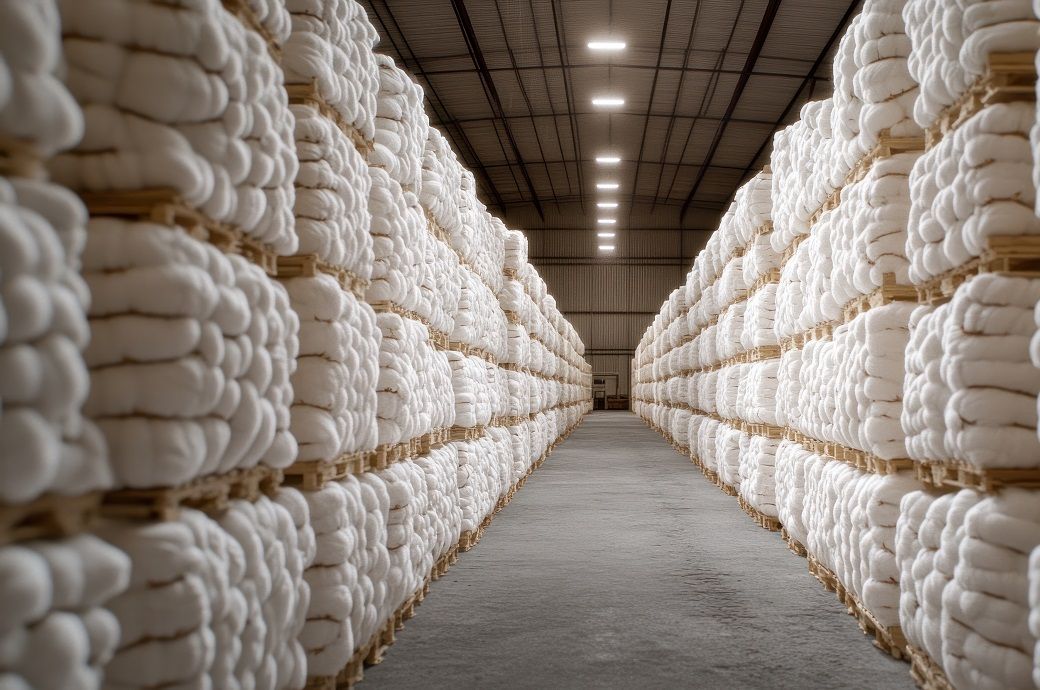All industrial activity indicators fell in the month, with employment—recently the strongest—continuing to decline in trend terms.
The input price indicator eased by 12.6 points to 34.2 in October, its lowest level since 2020, consistent with lowering of inflationary pressures. This reflects the broader unwinding of inflation.
The Ai Group’s seasonally-adjusted Australian industry index fell in October to minus 28.8.
It has contracted for the last thirty months, pointing towards a broadening of the challenging business conditions in the industry.
All industrial activity indicators fell.
Manufacturers reported lower-than-expected sales, but some faced capacity constraints due to labour shortages and tight deadlines.
The sales prices indicator declined, falling into negative territory at minus 5.3. This indicates that more businesses are cutting than increasing sales prices, an Ai Group release said.
The purchasing managers’ index for manufacturing improved by 14 points to minus 19.7. In trend terms, the indicator has consistently stayed around minus 27 for the past three months.
Manufacturers reported lower-than-expected sales, but some faced capacity constraints due to labour shortages and tight deadlines.
Capacity utilisation dropped to 74.3 per cent on the back of weak activity and employment results.
The seasonally-adjusted activity/sales indicator slipped further in October, falling by 7.5 points to minus 32.9. The seasonally adjusted employment indicator in the industry fell by 9.6 points to minus 23.9.
On a trend basis, employment has been consistently declining across this year, while activity has stabilised. This reflects the lagged passage of lower activity into employment levels.
Most respondents reported slower sales, although some experienced a boost in activity due to seasonal promotions for summer and the holiday period.
The index for new orders fell by 13.9 points to minus 38.8 in October. In trend terms, the new orders indicator has remained steady at around minus 30 throughout 2024.
The input volumes indicator dropped by 7.9 points to fall into contraction at minus 8.7. Input volumes are highly volatile, but have been mildly negative throughout this year.
Many respondents expressed concerns about rising input costs amid weakening demand. They also noted a lack of consumer confidence and increased regulatory burdens.
The average wages indicator was steady in October, following a spike generated by the wage increase for award employees in July.
The gap between the sales and input price indicators narrowed in October. But the movement of the sales price indicator into negative territory, while inputs and wages remain strong, points to broadening margin pressure on industrial businesses.
Fibre2Fashion News Desk (DS)







